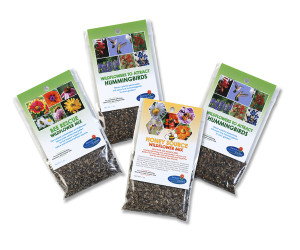It’s Caterpillar Time!
Beneficial Insects
by Sandy Swegel
Protect our friends. So many butterflies in our area have laid their eggs and their baby caterpillars are getting big and fat and chewing up plants. Be sure you know who your friends are before you squash any of them! You’ll love having the butterflies.
Swallowtail caterpillars
I found these this week, not on the dozens of dill plants I planted for them but on a leftover parsley from last year. Next year, more parsley.
Monarch caterpillars
Also yellow stripey…they look a little more serious. I’m watching for these now. Quite a few eggs on the milkweed plants I let take over part of the back garden…so I’m hoping
Painted lady caterpillar
I almost never see these although I see lots of the butterflies. Skinny little black prickly caterpillars. Their host is the Malva family like thistles or hollyhocks.
Cabbage looper
Well, this is one you’re probably seeing a lot of right now. Cute little white moths fluttering everywhere. Bright green little loopers inching along devouring your cabbages. If you want cabbages, you have to treat these as pests.
Photocredit:
lagbchbutterflies.weebly.com
www.monarch-butterfly.com
wildones.org


